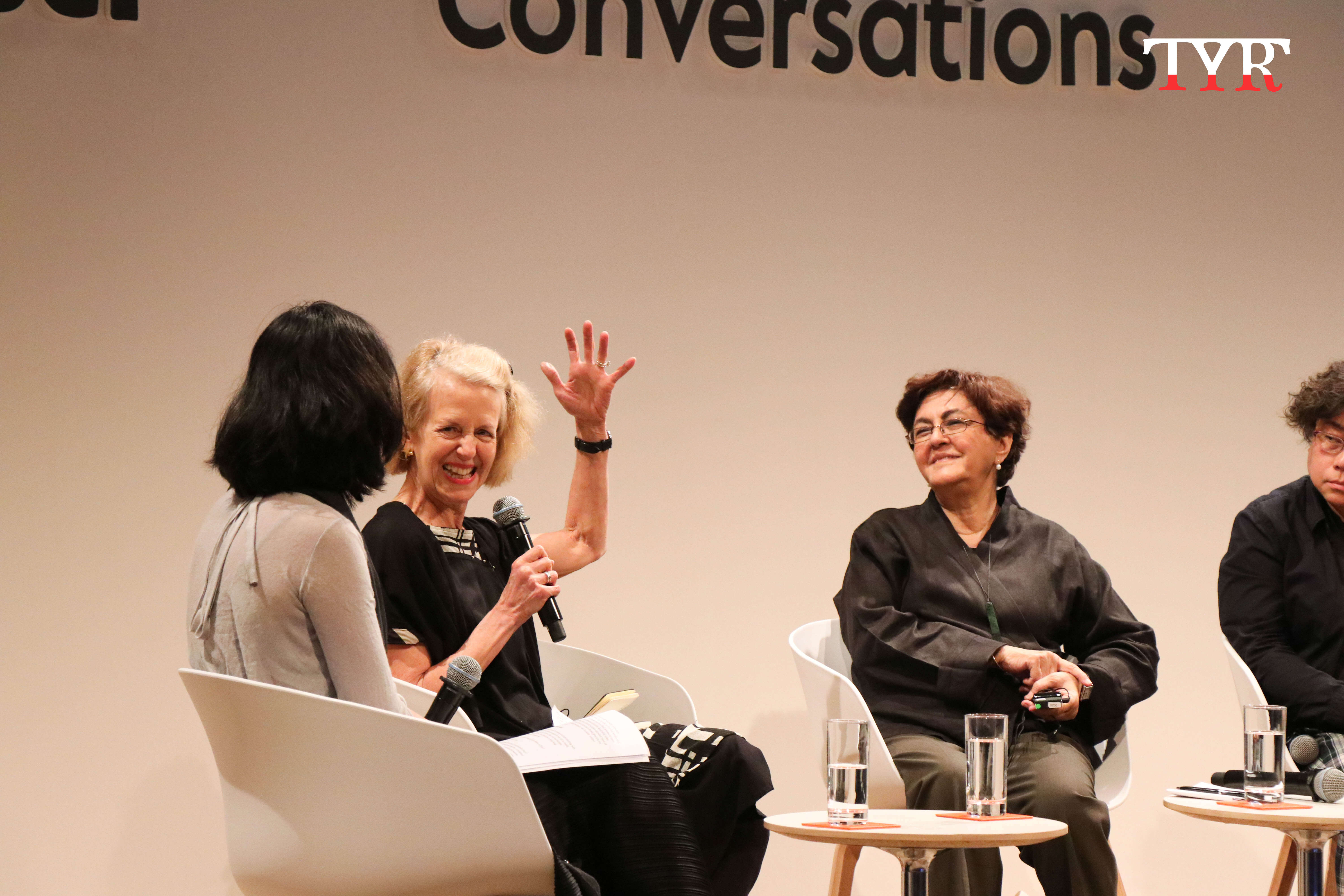Technological improvements gave way to video art in the 1990s, and serve as the new gateway to film and new media art forms.

"[After] the post-film period [and entering] into the period in which video was more easily accessible in terms of equipment, what became important [for the development of video art] was the fact that video cameras became cheaper," she said.
"The Final Cut Pro was a very important element that any artist could have just as one had tubes of oil paint," Ms. Malani, whose work expanded from the realms of painting to film and video since the 1990s, added.
Final Cut Pro is a video editing software released by Apple in the early 1990s that is packed with features such as colour correction, sound mixing and special effects.
Priced at a mere US $1000, the programme was significantly cheaper than those released by the film industry's then superpower, Avid, whose systems ranged in prices from US $50,000 to $100,000.
"My idea for making video art was because the language of the moving image is much better understood. Montage is very quickly understood by an Indian public because they are used to seeing it in advertisements, television and all of that," she said.
The emergence of video arts in Asia during the 1990s was attributed to technology and culture, Zhang Peili, a Chinese contemporary artist and the Director of the Embodied Media Studio at the School of Intermedia in Hangzhou, China said.
"Technology is being imported to China and is known by the people in China and used here. On the other hand, people's awareness of arts and culture changed. And because of that, they would abstain from what they did before," he added, "That's how video art came into being."

Barbara London, an American curator and founder of the video art collection at the Museum of Modern Art in New York City, said video-art pieces lacked media exposure before the advent of video sharing platforms such as Youtube and Vimeo.
"And television never opened its doors to artists until sometimes in the 1970s in the US when public television started to have production for artists," she said.

Local video artist Ellen Pau was engaged in video art after buying her first super eight millimetres motion camera when it was available in the market in Hong Kong during the 1980s, which, according to her, was the reason that enabled video art to blossom in Hong Kong.
She added that video is the best media women can utilise for artistic creations since the film industry had long been dominated by male.
"In India as well, video became a medium for women. It was an easy way to have contacts with people, to create social political art and I think that women have really fought the way," Ms. Nalini said.
"In other parts of Asia as well, there is that feeling that somehow a woman feels very close to [a video camera] and you can really use it for the very intimate kind of relationships with what she wants to do… to be her subject," she added.
"You see the world through the woman's eyes and that I think has a very strong contribution to how things are going now," she said.
《The Young Reporter》
The Young Reporter (TYR) started as a newspaper in 1969. Today, it is published across multiple media platforms and updated constantly to bring the latest news and analyses to its readers.

Hundreds marked the 30th anniversary of the June 4th incident

A taste of Central Asia culture




Comments